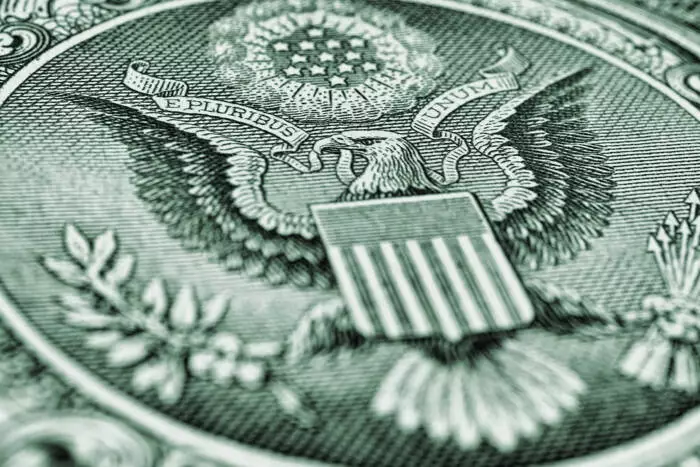Recent shifts in the US dollar reflect investors’ growing anticipation of aggressive Federal Reserve rate cuts this year. Market consensus currently leans toward nearly three significant easing moves—totaling 65 basis points—with a widespread belief that the Fed might begin reducing rates as early as September. However, this widely held expectation appears overly optimistic and disconnected from the fundamental economic indicators at play. In truth, three consecutive 25-basis point cuts over September, October, and November would only materialize should labor market conditions sharply deteriorate, a scenario not yet supported by data.
Historical Fed behavior and recent labor indicators suggest a more cautious approach. The Fed has consistently prioritized stable inflation and a resilient job market over knee-jerk reactions to short-term market sentiment. Without sizeable weakening in employment or unexpected growth slowdowns, the Fed is more likely to remain on hold in the near term. Premature rate cuts could jeopardize inflation control, which remains a delicate challenge.
Inflation Signals: A Complex, Nuanced Picture
Inflation data coming out of the US presents a mixed message. The Personal Consumption Expenditures (PCE) index, the Fed’s preferred inflation measure, revealed a subtle uptick in the core year-over-year rate from 2.5% to 2.7%, slightly exceeding expectations. This follows a pattern of consumer prices and producer prices inching higher in May. However, this inflationary pressure coincides with a downturn in personal income and spending, particularly in discretionary sectors such as motor vehicles, food, and travel.
This juxtaposition should raise some red flags: consumers are grappling with moderately higher costs while simultaneously earning less, a classic squeeze that could eventually dampen demand and economic growth. Such consumer behavior suggests inflation may remain sticky but uneven, complicating the Fed’s decision-making calculus. Rather than signaling an imminent rate cut, these inflation dynamics hint at persistent underlying inflation risks that still necessitate vigilance.
Global Manufacturing and Services: The Pulse of the Economy
Beyond the US, global purchasing managers’ indexes (PMIs) provide valuable signals on manufacturing and services sectors across major economies. Recent readings from the US ISM, as well as the S&P Global flash PMIs, have surprised to the upside, indicating slight expansion and rising prices. Strength in these indices tends to bolster the US dollar by supporting a hawkish Fed stance. Conversely, a softening in manufacturing or services might feed expectations for easing.
The story in other regions parallels these complexities. China’s manufacturing sector hovers just below the expansion threshold, with a modest uptick predicted but nothing dramatic to write home about. Meanwhile, the Eurozone’s inflation indicators suggest mild inflationary pressures persisting, with the European Central Bank (ECB) closely monitoring these developments ahead of its annual forum where major central bank leaders—including Powell, Lagarde, and BoE’s Bailey—will weigh in.
Central Banks at a Crossroads: Divergent Strategies and Shared Challenges
The upcoming Sintra forum represents a key moment for global central banks, as leaders convene to discuss economic trends and monetary policy trajectories. Federal Reserve Chair Jerome Powell, ECB President Christine Lagarde, and Bank of England Governor Andrew Bailey, among others, face a challenging environment marked by sticky inflation, uneven growth, and geopolitical uncertainties.
Interestingly, while the Fed appears poised to maintain a cautious “wait-and-see” posture unless data deteriorate, European and UK authorities are wrestling with balancing inflation control and economic support amid elevated energy prices and fragile growth. Meanwhile, Japan’s Bank of Japan continues its ultra-loose monetary stance, diverging starkly from Western counterparts. These divergent approaches underscore the fragmented global recovery and the complexities of coordinating policy in an interconnected economy.
The USD and Market Sentiment: A Tug of War
The US dollar’s recent softness is as much a function of market psychology as it is of fundamental data. Investors’ eagerness to price in rate cuts reflects both a desire for safer returns and concern about economic slowdown. However, such sentiment-driven moves can be misleading and volatile, especially if subsequent economic prints defy expectations.
For instance, stronger-than-expected jobs reports or robust manufacturing and services data could quickly reverse the current dovish repricing, causing sudden USD appreciation. Equally, persistent inflation pressures and weak consumer income data might eventually prompt the Fed to recalibrate its stance, but this is unlikely to translate into immediate rate cuts within the calendar year.
Looking Ahead: Readiness Over Reaction
What is clear is that markets are operating in an environment of heightened uncertainty. Economic indicators offer a complex narrative rather than a clear directive. Policymakers and investors alike must prepare to adapt swiftly without succumbing to reactive overextensions.
This means acknowledging the resilience underpinning the jobs market and services sector while remaining vigilant about inflation’s stubbornness. The palpable tension between these factors argues against the notion of an imminent rate-cutting spree by the Fed, instead suggesting a more balanced, data-dependent approach extending through the months ahead. In this context, traders who hedge bets and avoid chasing linear forecasts will position themselves best to navigate the turbulence ahead.

